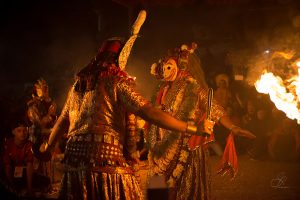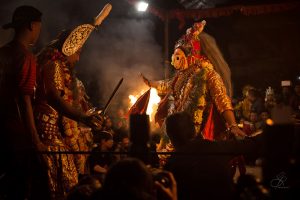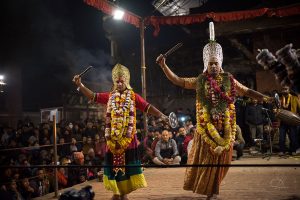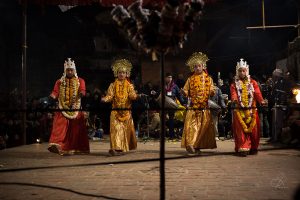Kartik Naach (Dance)
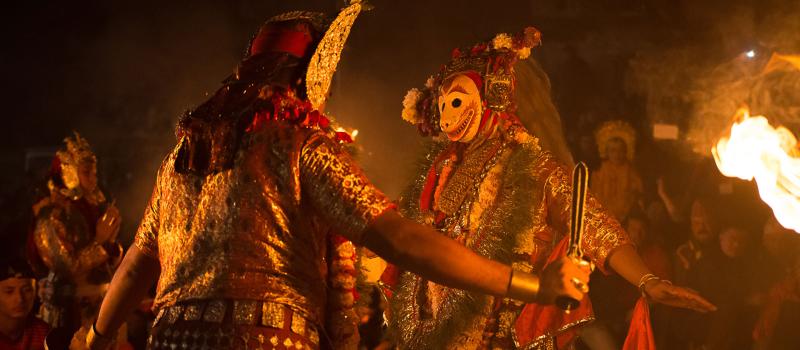
Kartik Naach (Dance) is ever been into practice since 1641 AD i.e 1728 B.S began by Siddhi Narsingh Malla, the fourth Malla King of Lalitpur (Yala in Newari). The exhibition was watched for 15 days around then and later stretched out by his child Srinivasa Malla and later, reached out to 27 days by his grandson Yog Narendra Malla. This came to be by and by till 2006 B.S. Furthermore, it dropped to two days with the upheaval of 2007 B.S which last till 2037 B.S. After 2047 B.S. the performance was extended to 8 days. Later with the foundation of Kartik Naach Conservation Committee in 2071 B.S., since after, this presentation was shown for 12 days.
The Naach consistently happens in the long stretch of Kartik, falls in October/November. It is performed openly in the premises of Patan Durbar Square, a World Heritage Site.
The essential crowd-puller is on Kartik Krishna Pakshya Trayodashi Tithi, when the Narasimha Avatar is arranged where Narasimha an incarnation of the Lord Bishnu who is a piece of a lion with the body of a human executes the fiend Hiranyakashyapu. This particular show passes on a message that any person who endeavors to do wiped out and harm others, s/he is rebuked and no one departures value. As demonstrated by Bhagwat Purana, Hiranyakashyapu was a staggering underhandedness nearness ruler and had a youngster Pralhad. The youngster wouldn’t perceive his father as an overwhelming expert of the universe and declared that Bishnu was all unpreventable and portrayed the benevolence of the god. The detestable soul ruler lost control and endeavored to execute the youngster. All of his undertakings went worthless. One-night Hiranyakashyapu asked concerning whether his god was there in the segment. After hitting the segment, out came Narasimha, an indication of Bishnu, as half-man and half-animal. The heavenliness by then butchered the malicious nearness with his nails keeping him in his lap, remaining on the edge at nightfall.
History
During the standard of Siddhi Narsingh Malla, relating the legend, a phenomenal hardship occurred on the land. Possibly the city had lost its brilliance. No proportion of pujas and yagyas seemed to restore the main eminence of the city. Dismal, the ruler directed with his informed experts. They provoked him to gather Narasimha, the ruthless, wild and savage indication of Bishnu, to help him with dealing with the issue. However, there was a stunt—bringing Narasimha to his guide mentioned ground-breaking esteem—narbali, the custom atonement of a man, which must be played out each year, when in doubt.
The King was suspicious. Certainly, none would promptly put their life remaining in a precarious situation, on no occasion, for the Gods. His lords, Haribansha Rajopdhayay and Bishwanath Rajopdhayay, prescribed an alternative, one that would dismiss calamity and, most importantly, spill no guiltless blood. They would invoke the celestial creatures through Tantrikmeans, with strong spells, a sort of symbolic narbali.
An awe-inspiring thought struck the ruler; to orchestrate a play. The play would symbolically offer the awesome creatures their optimal narbali, it would be better than average preparing for the people. He formed the complete play free from any other individual. The point turns around Narasimha, the savage god, who was called forward to divert the disaster.
Reference: www.shankerhotel.com.np
